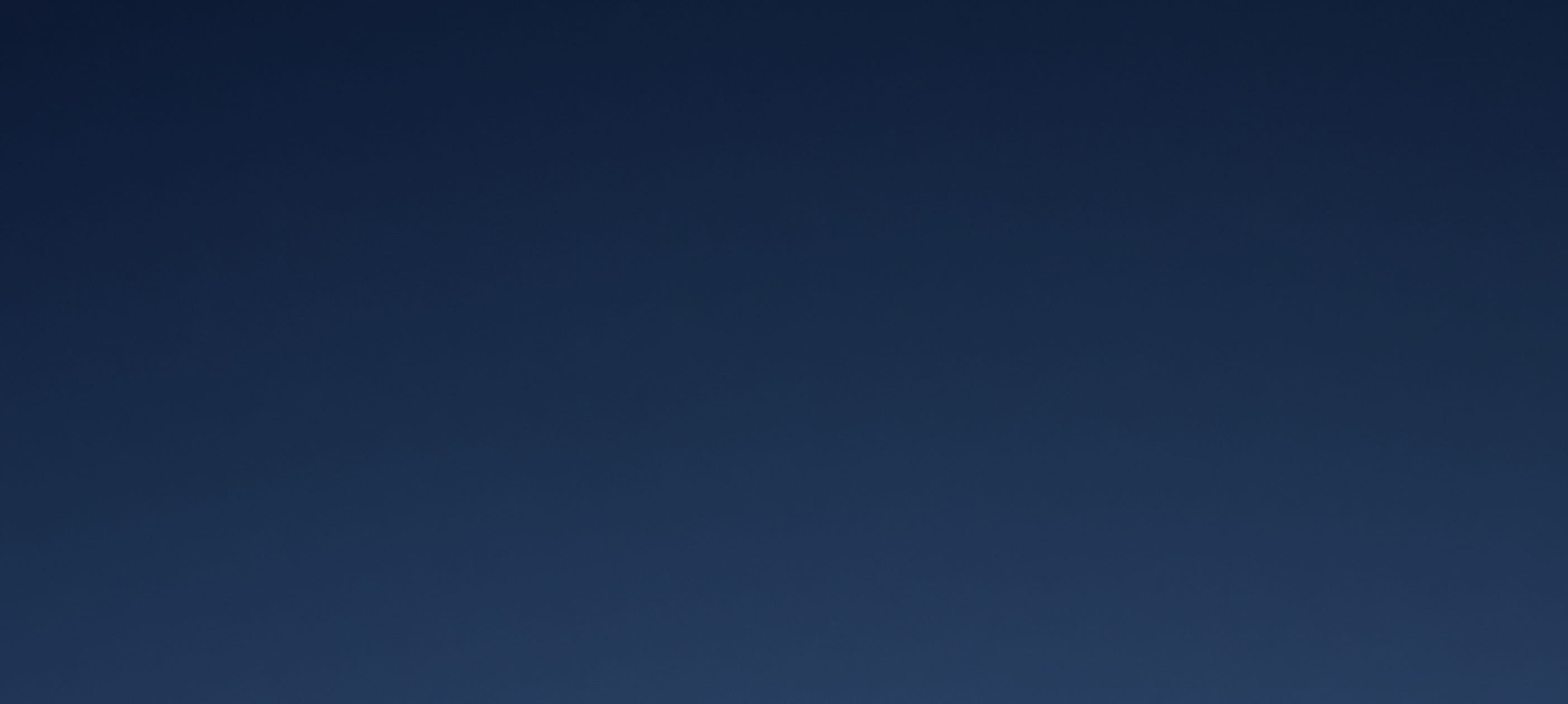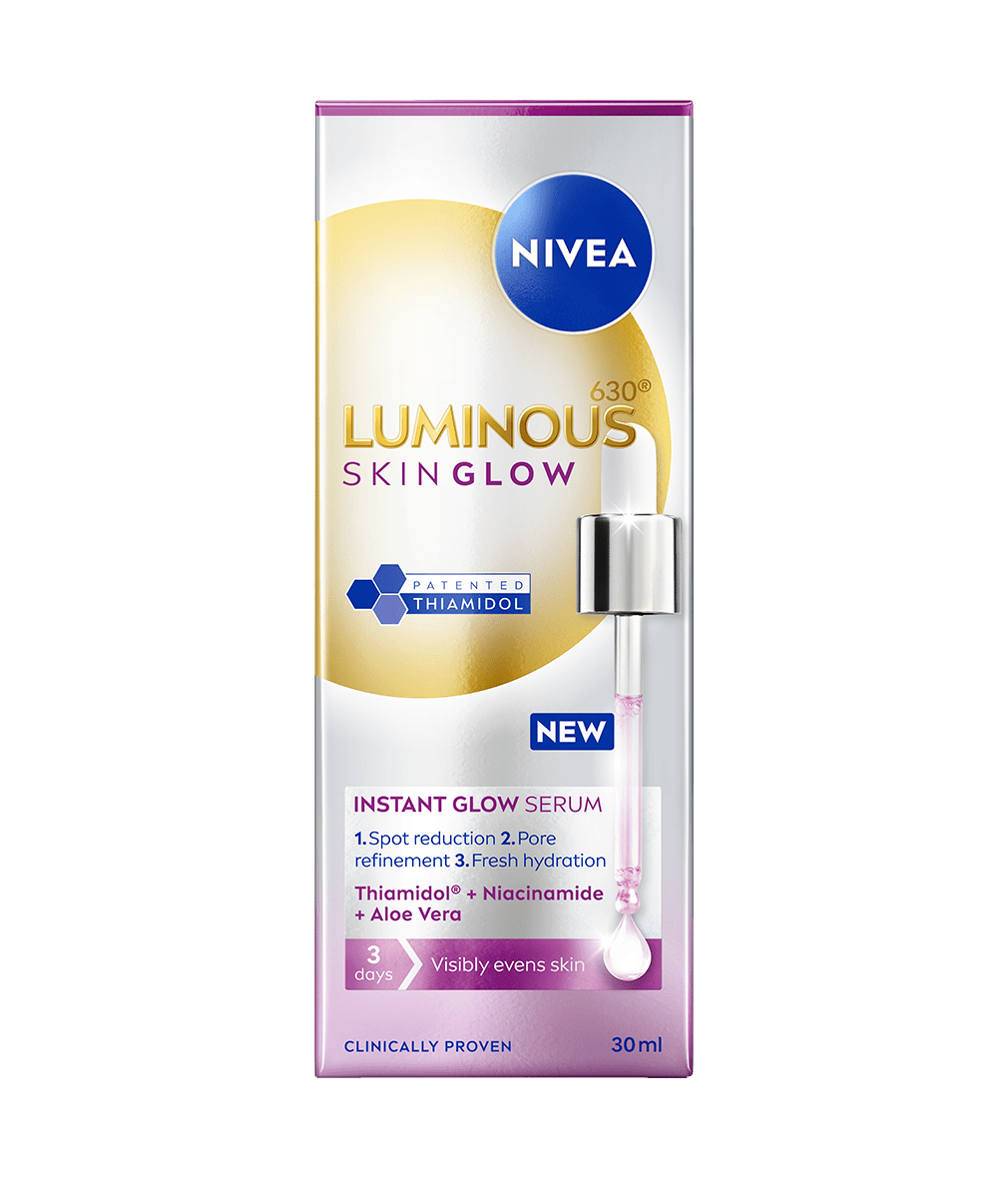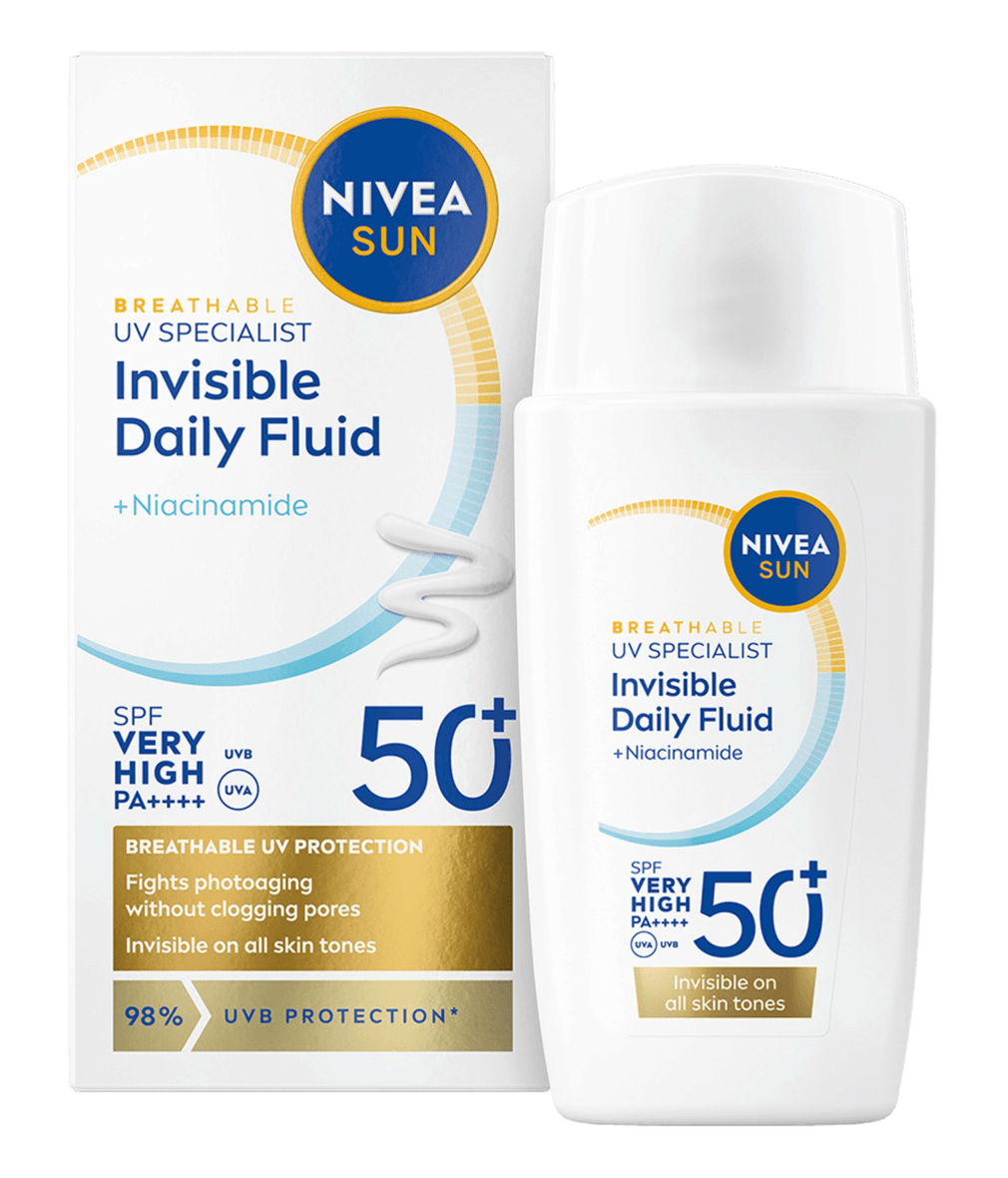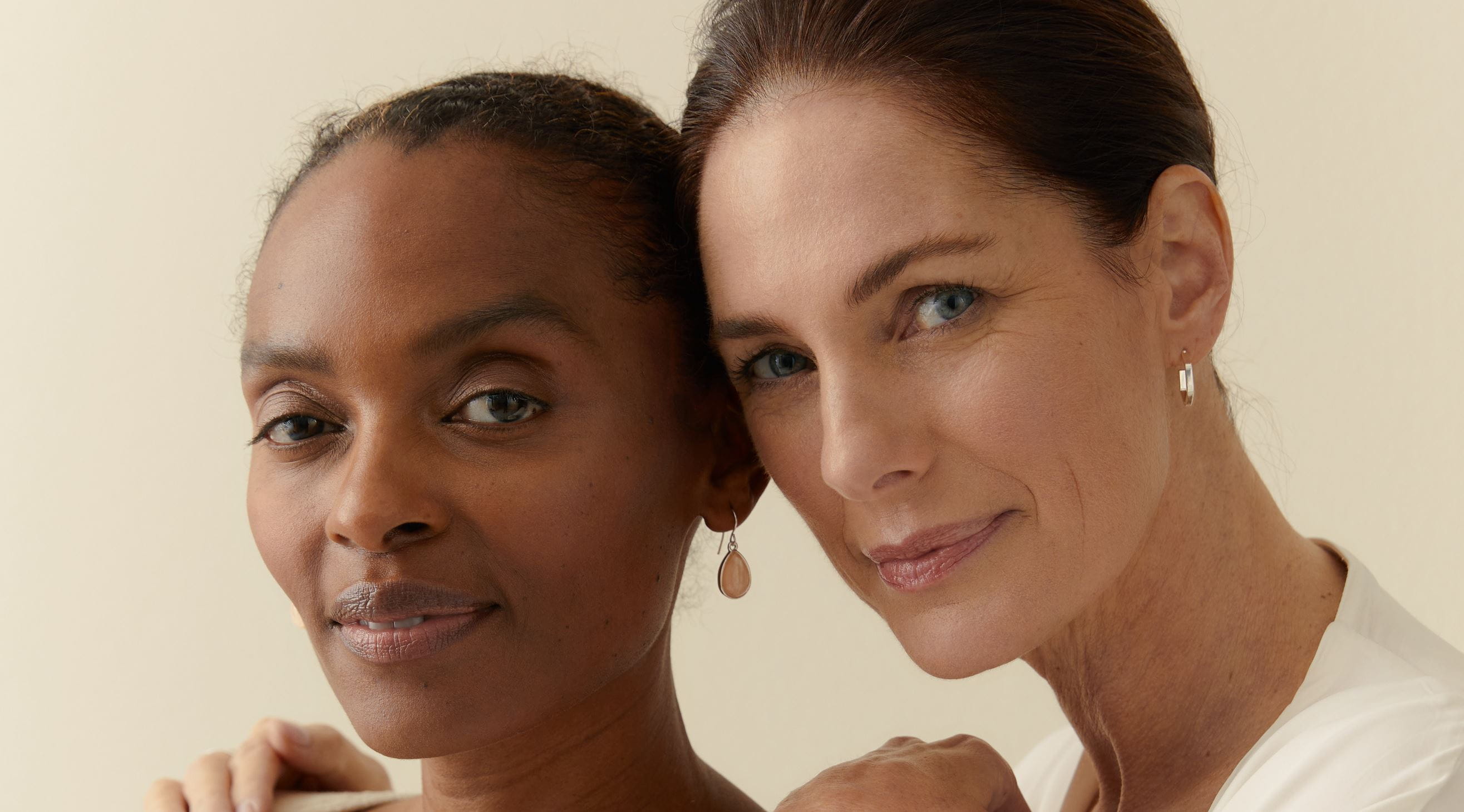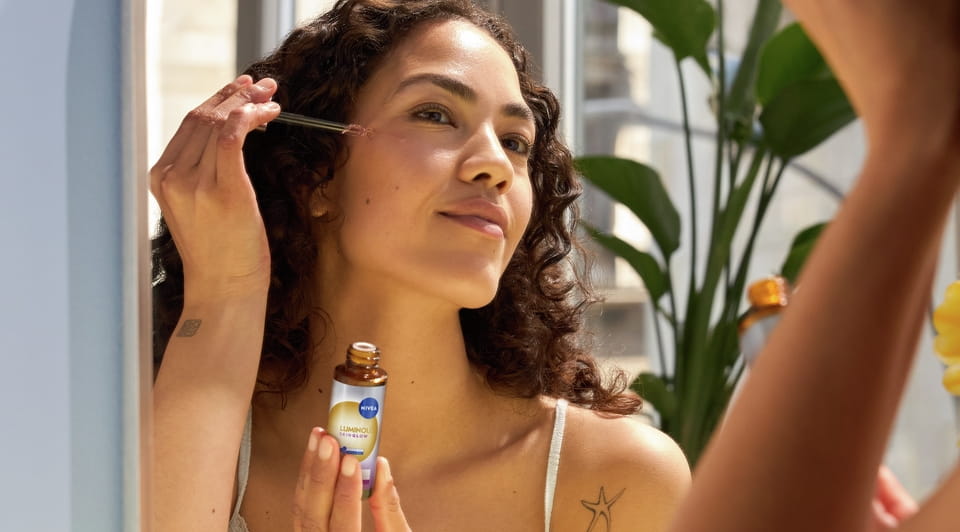
AHA vs BHA: The Skincare Acids Explained
Discover the key differences between AHAs and BHAs, how they benefit your skin, and which exfoliant is right for your skincare routine.
What Is AHA and BHA?
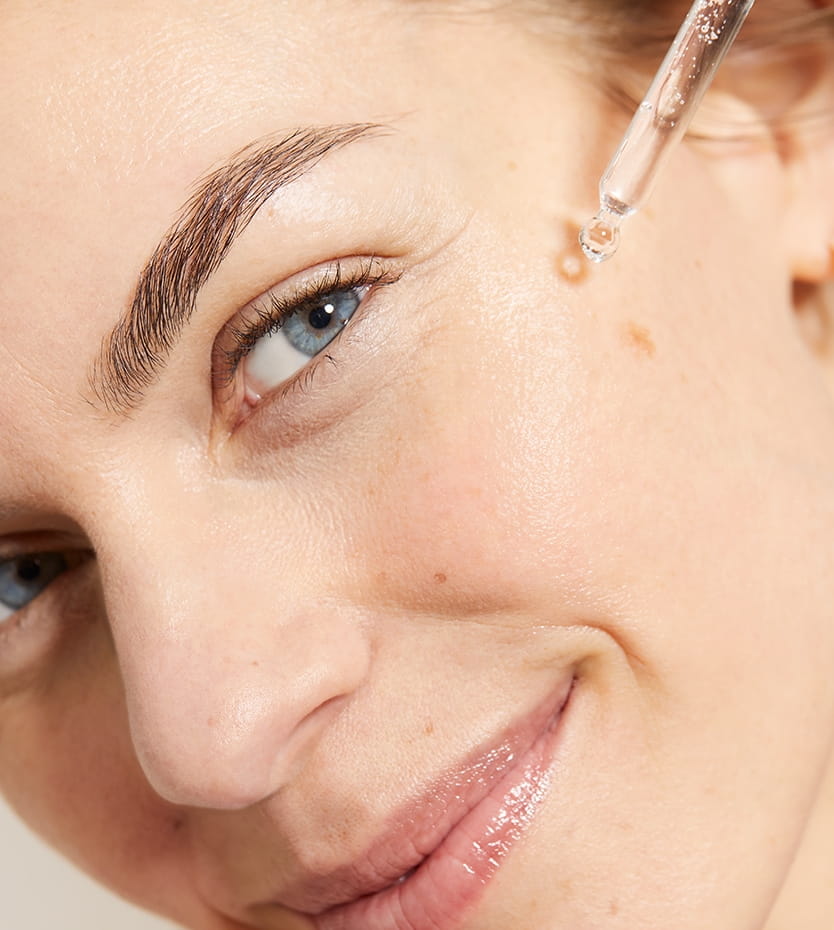
What are the differences between AHAs and BHAs?
Benefits of AHAs and BHAs
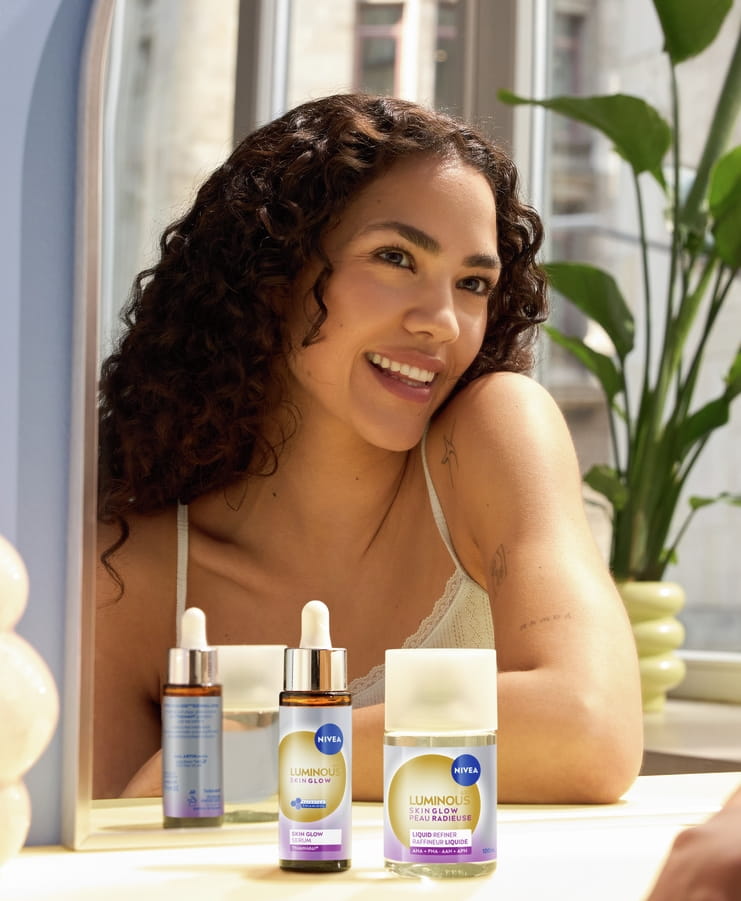
5 Benefits of AHAs
Brighter, More Even Skin Tone
AHAs promote cell turnover, which can help fade dark spots, sun spots, and post-blemish marks, revealing a more glowing complexion.
Smoother Skin Texture
By dissolving the bonds between dead skin cells, AHAs gently resurface the skin, helping to reduce rough patches, dryness, and visible flakiness.
Reduction in Fine Lines
AHAs support Collagen stimulation, helping to improve skin firmness and smooth the appearance of fine lines and creases over time.
Boosted Hydration
Some AHAs, such as Lactic Acid, act as natural ingredients that help to attract and retain moisture in the skin for improved softness and hydration, especially in dry or mature skin.
Improved Absorption of Skincare Products
By removing the buildup of dead skin cells, AHAs allow serums and moisturisers to penetrate more deeply and work more effectively.
5 Benefits of BHAs
Deep Pore Cleansing
BHAs are oil-soluble and penetrate the pores, helping to remove sebum, debris, and buildup that cause blackheads and blemishes.
Breakout and Blemish Prevention
The most used BHAs Salicylic Acid has antibacterial properties, making it excellent for minimising the risk of bacterial growth and blemishes appearance without over-drying the skin.
Reduced Oiliness and Shine
Regular BHA use helps balance oil production, leaving the skin with a more matte appearance and reducing the need for blotting or reapplying makeup.
Smaller-Looking Pores
BHAs help clear pores, making them appear smaller and helping minimise congested pores.
Gentle on Sensitive, Blemish-Prone Skin
Despite being powerful, when used at the right concentration in a gentle formula, BHAs are generally well-tolerated, offering effective results for oily and blemish-prone skin.
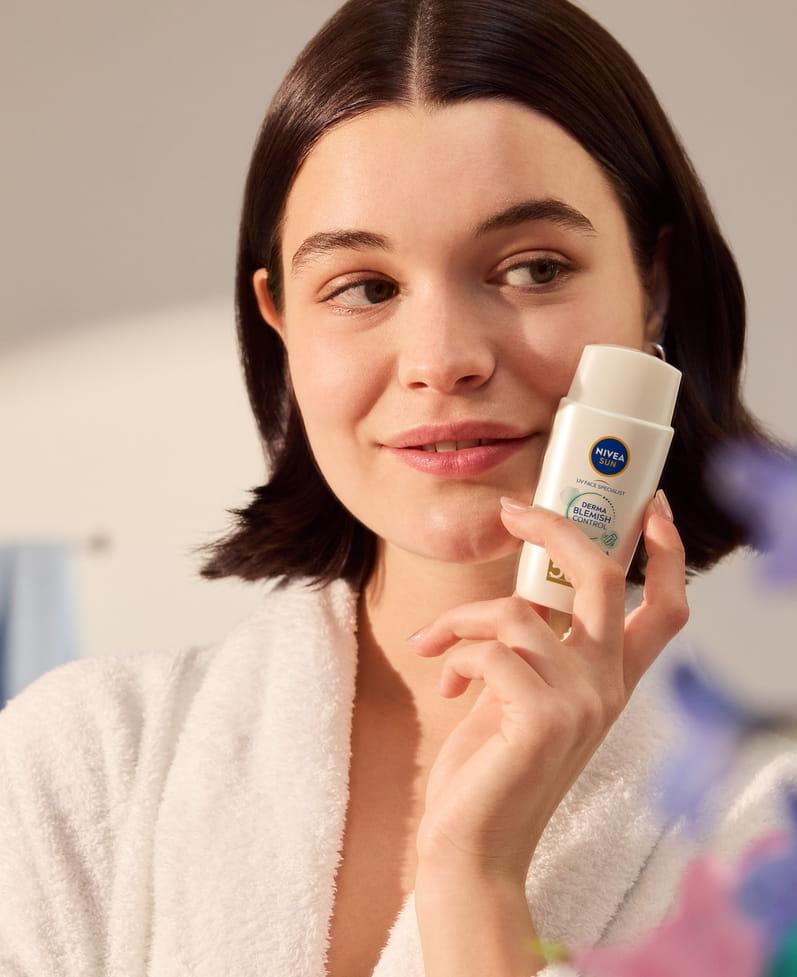
Facts Overview
AHA and BHA Skincare Routine
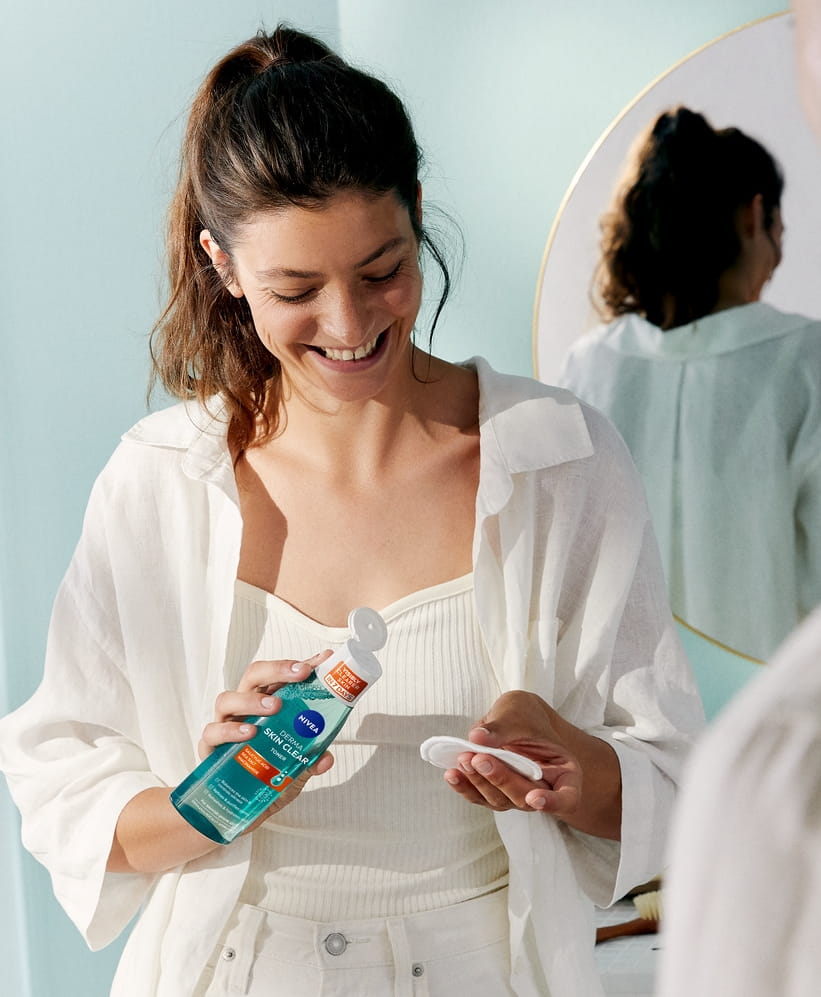
Discover the Derma Skin Clear Range
Can AHAs Be Combined with PHAs?
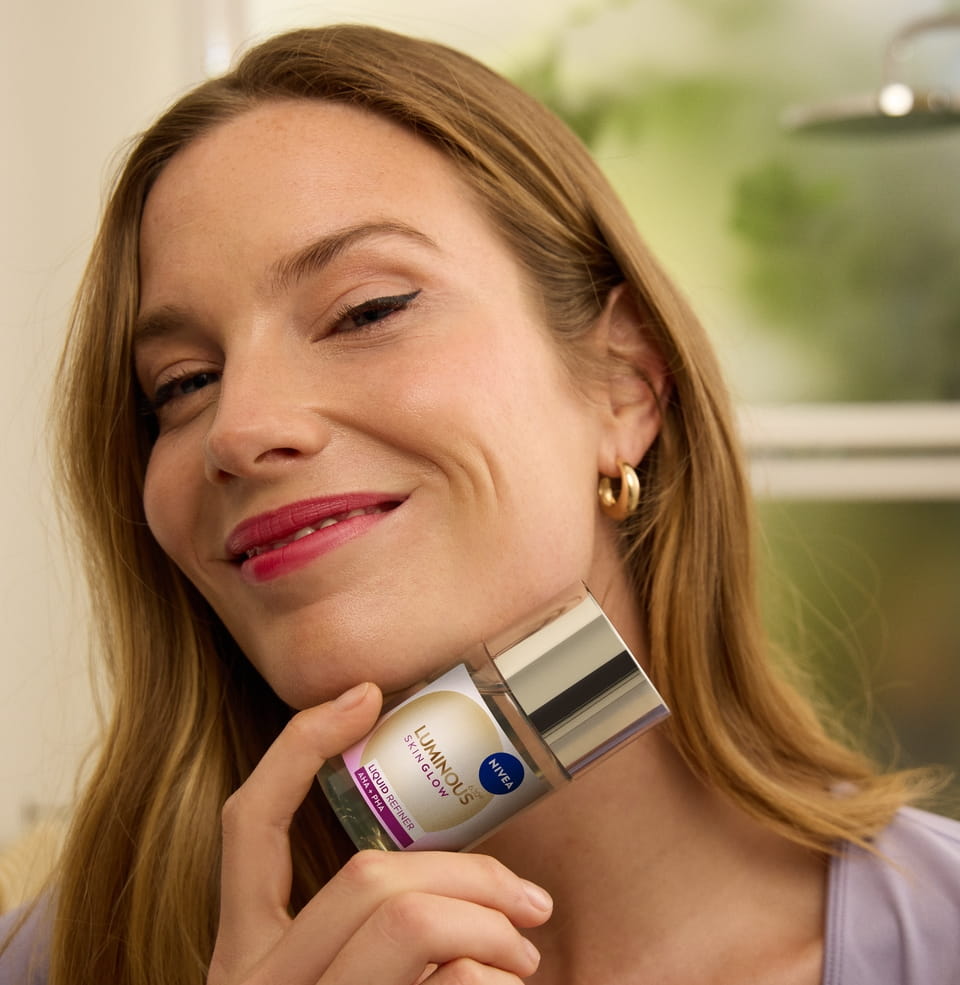
Exfoliating acids and Sun Protection: Why SPF Is Essential
AHAs and BHAs increase photosensitivity, which means your newly exfoliated skin is more prone to sunburn, irritation, and long-term sun damage. Even minimal sun exposure can cause harm if your skin isn’t properly protected.
Without proper sun protection, you risk irritation, redness, and even hyperpigmentation, especially after using exfoliating acids.
In addition to sunscreen, gradual use of exfoliating acids is essential, starting slowly (2-3 times per week) allows your skin to build tolerance while minimising potential irritation or increased sensitivity, especially for beginners.

Summary
Both ingredients offer unique benefits, and when used correctly, they can even be combined for more comprehensive results. Whichever you choose, it’s important to start slowly, follow with a moisturiser, and always apply a high SPF to protect your newly exfoliated skin.
